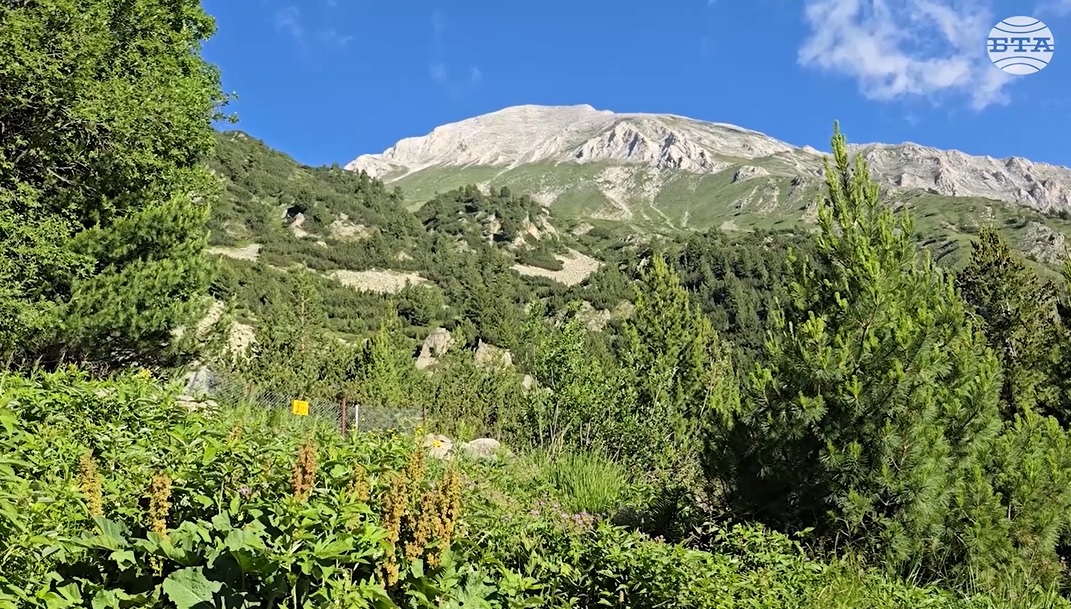site.btaUNESCO Listing Brings Major Gains for Pirin National Park’s Conservation, Expert Angelinina Says
The inclusion of Pirin National Park on UNESCO’s World Heritage List delivers significant benefits for the preservation and sustainable development of the protected area, chief expert at the Pirin National Park Directorate Nikolina Angelinina said at the launch of the July edition of LIK, which focuses on the theme Bulgaria in UNESCO.
Angelinina noted that stronger international interest heightens scrutiny of how the park is managed and prompts stricter measures to safeguard its biodiversity.
She explained that Pirin National Park occupies the most scenic and visited part of the Pirin range, North Pirin. Although Bulgaria’s smallest national park, it is also the oldest, established in 1962 to protect exceptional biodiversity and natural beauty. Over time its area has expanded to nearly 40,000 ha.
The park joined UNESCO’s World Heritage List in 1983 with 27,000 ha; a 2010 extension added 12,000 ha, so almost the entire park is now covered, Angelinina said.
With an alpine profile, the park boasts more than 90 peaks above 2,500 m; the highest, Vihren, reaches 2,914 m. Thirty-five cirques hold over 200 glacial lakes.
Pirin’s flora includes more than 1,300 higher-plant species—about one-third of Bulgaria’s total—among them 18 Pirin endemics alongside numerous Bulgarian and Balkan endemics. Forests blanket roughly 50% of the park, almost 90% of them conifers. The country’s oldest tree, the 1 300-year-old Baikusheva Mura, also grows here.
Fauna is equally rich: over 3,000 invertebrate species and, among vertebrates, 50 mammals, 10 amphibians, 10 reptiles and 166 birds. Brown bear, chamois and the park’s emblem, the golden eagle with a wingspan of up to 2.2 m, are permanent residents.
Listing by UNESCO has raised global awareness, Angelinina said, adding that many foreign visitors discover Pirin because of its status. “There are tourists who deliberately visit every natural World Heritage site; some carry booklets to record the places they have seen,” she added.
Zdravka Dimitrova, head of public relations at the Regional Historical Museum in Blagoevgrad, attended the BTA press-club event presenting the LIK issue devoted to Bulgaria in UNESCO.
The 47th session of the UNESCO World Heritage Committee runs until July 16 at UNESCO’s headquarters in Paris under the presidency of Bulgaria. As part of the session, Bulgaria will present elements of its cultural and natural heritage. The July issue of LIK magazine, dedicated to Bulgaria and UNESCO, was also officially presented at UNESCO.
The United Nations Educational, Scientific and Cultural Organization (UNESCO) was founded on November 16, 1945. Bulgaria became a member on May 17, 1956, the same year its National Commission for UNESCO was established. The Commission coordinates activities between Bulgarian institutions and UNESCO.
UNESCO’s World Heritage Committee is one of the two governing bodies responsible for implementing the Convention concerning the Protection of the World Cultural and Natural Heritage. It is composed of representatives from 21 countries elected from among the 196 States Parties to the Convention.
/RY/
Additional
news.modal.image.header
news.modal.image.text
news.modal.download.header
news.modal.download.text
news.modal.header
news.modal.text


























































